5 Things to Do in Little Tokyo, California
Never been before? We’ll be your trustee Little Tokyo guide with a day’s worth of fun things to do in Little Tokyo.
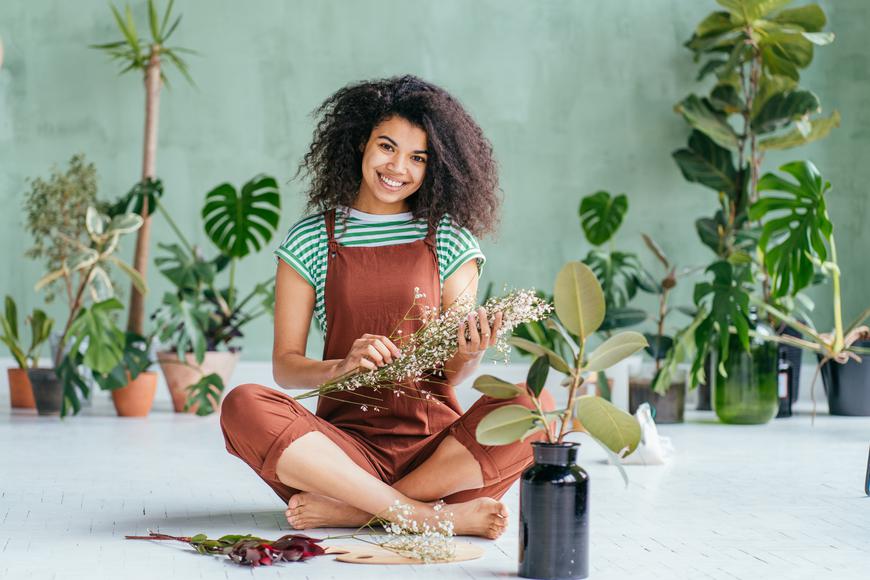
Already mastered outdoor gardening? How about growing easy indoor plants? Wake up refreshed and inhale the sweet, sweet scent of fragrant blooms. Plants are an amazing way to liven up your entire home, creating a cozy atmosphere while adding a pop of color to your space.
Not only do these beauties make a lovely addition to your house, but plants also purify the air from toxins. So, without further ado, it’s time we introduce you to the best house plants for a breath of fresh air.
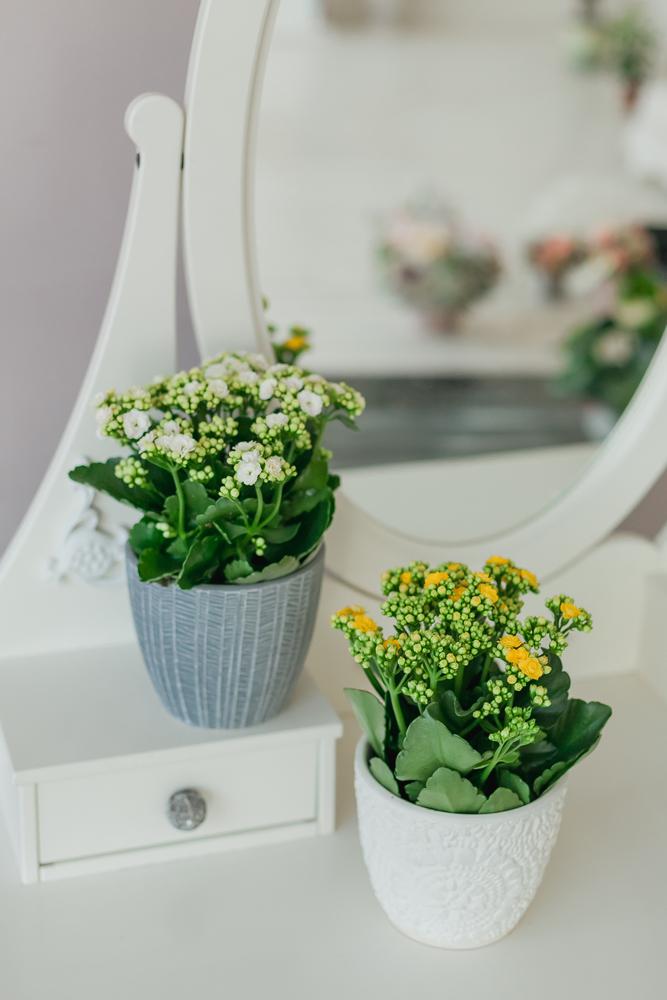
Kalanchoe plants are an excellent choice for those seeking a vibrant yet low-maintenance addition to their home. With over a hundred varieties available, they showcase a delightful array of colors including shades of yellow, orange, pink, magenta, and red. Not only are they visually appealing, but kalanchoe plants are also notably resilient against common pests and diseases, ensuring their blossoms remain splendid for an extended period.
Adding a kalanchoe to your space is simpler than it might appear. Start with a terracotta pot that includes drainage holes to ensure excess water can escape. When selecting a kalanchoe, opt for a mature and healthy specimen. If you're working with a cutting, choose a leaf section near the bloom to snip. Allow the cutting to dry on a paper towel in a warm, dry location for a couple of days until a callus forms on the cut end.

Does your business rank among the best in California?
nominate a businessLearn more about our selection criteria and vetting process.
To encourage robust root development, apply a rooting hormone to the dried cutting before planting. Use a pot filled with well-aerating soil and insert the cutting. Moisten the soil slightly and cover the pot with a perforated plastic bag to create a moist, greenhouse-like environment that supports growth.
Position your kalanchoe in a spot that receives plenty of indirect sunlight, such as near a window. Monitor the soil's moisture level, watering it only when it has completely dried out. Within two to three weeks, you should see new roots forming, at which point you can remove the plastic covering. Expect to witness the first signs of flowering around six weeks after planting, marking the start of your kalanchoe's vibrant display.

The spider plant is one of the best indoor plants for beginners. Native to tropical Africa, the perennial flowering plant is exactly what’s missing from your house. The long, green, and white striped leaves look particularly good in hanging planters. When fully grown, the easy indoor plant produces tiny white flowers called spiderettes. Not only do spider plants spruce up your home, but they also reduce indoor air pollution. If you’re looking to increase your house plant collection, add several spider plants for a nice touch.
Plant a two-inch long spiderette in a soil-based potting mix. Make sure the plant is exposed to bright indirect sunlight. When placed under direct hot sunlight, you’ll end up spotting and burning the leaves. Like kalanchoes, spider plants don’t need to be watered too much. The soil shouldn’t be too dry or too wet.
The best part about growing spider plants is that you’ll see results in no time. These easy indoor plants grow pretty quickly, meaning you’ll have to repot them annually. During the summer, you can also grow them as annuals—just make sure they’re not exposed to direct sunlight.
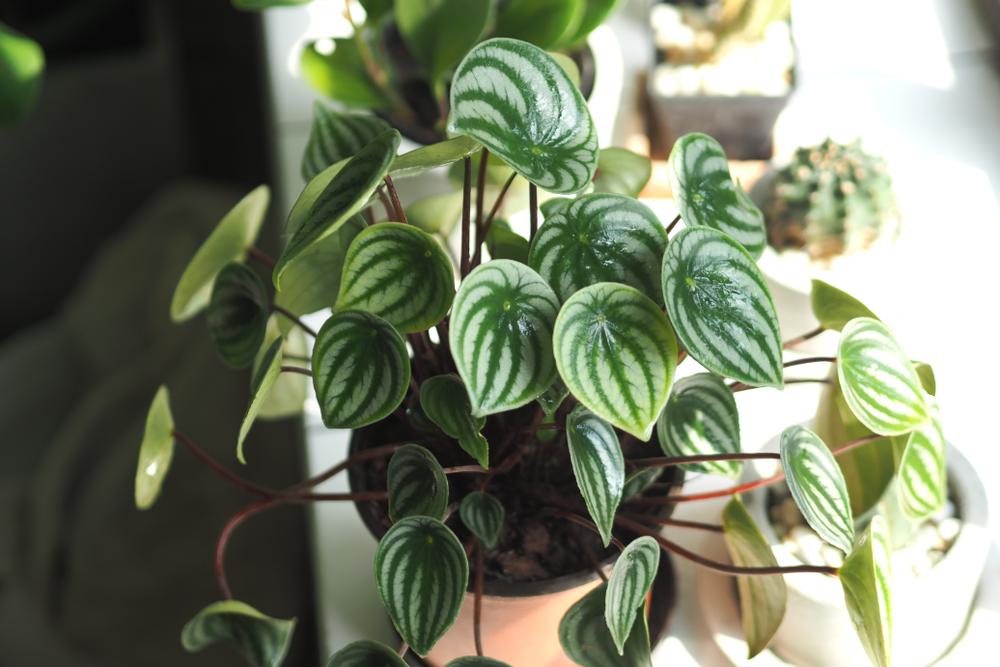
Peperomia is one of the easiest houseplants you’ll ever find. Also known as the radiator plant, peperomia has over 1,500 species recorded. These plants stand out thanks to their thick stems and fleshy leaves. Most people mistake peperomias for rubber plants due to the striking resemblance. Grown for ornamental purposes, peperomia flowers usually have yellow to brown conical spikes.
If you’re looking to grow peperomias, you’re in for a treat. This popular house plant is easy to propagate and is tolerant to varying levels of humidity—no wonder it’s a smart choice for beginners. Pick a pot with plenty of drainage holes, use a regular potting mix (orchid potting mix works best), and place your peperomia under bright indirect sunlight. Like other easy indoor plants, water your peperomia only when the soil is dry.
Peperomias can go for years without being repotted. Feeding them is also rarely necessary. This low-maintenance house plant can go its entire life without needing supplemental fertilizer.
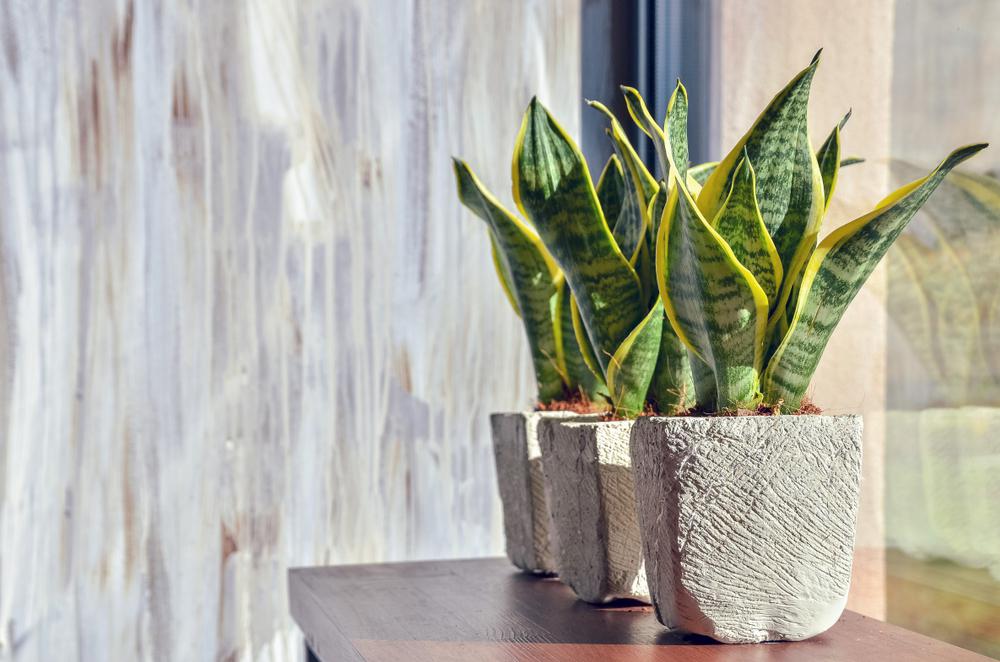
Looking for the best house plant for your bedroom? The snake plant is your best choice. This evergreen perennial plant is also known as Saint George's sword, mother-in-law's tongue, and viper's bowstring hemp. The snake plant has stiff dark green leaves that grow vertically from a basal rosette—the leaves have light gray-green cross-banding, and range from two to three feet long. In optimal conditions, a snake plant’s leaves can reach up to six feet in height.
The snake plant is a ridiculously easy plant to grow inside. Simply plant its cutting in well-drained soil and voila—you’ll see results in four to six weeks. Place the pot under bright indirect sunlight (a little bit of direct sunlight won’t hurt every now and then), and water the soil once it’s fully dry. Snake plants are resilient, so don’t worry if you forget about watering them. They won’t die on you.
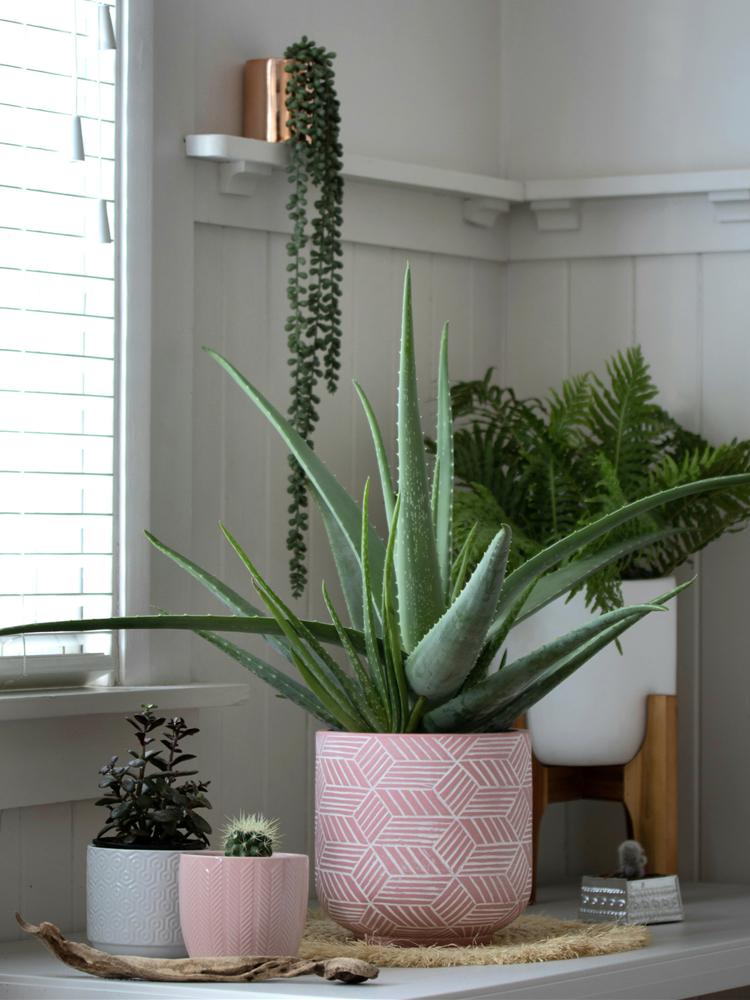
Aloe vera is perhaps the most popular house plant for good reason. Other than being low maintenance, this magical plant heals minor burns and rashes. The evergreen perennial is used in beverages, lotions, ointments, and everything in between. Having aloe vera around the house is a great way to add a natural ingredient to your skincare routine.
The succulent plant has thick and fleshy leaves that are either green or green-gray. They occasionally have white flecks on the upper and lower stem surfaces. If you’re still asking yourself which is the best house plant to grow indoors, this is it.
Figuring out which soil to use when planting aloe vera is gardening 101—if you ask us, cactus potting soil mix works best. It goes without saying that your pot should have several drainage holes. With plenty of indirect sunlight, your easy indoor plant won’t be needing much from you. Don’t overwater your aloe vera, but make sure its soil receives its weekly dose of moisture. While aloe vera doesn’t need to be fertilized, you can choose to do it once a year during spring.
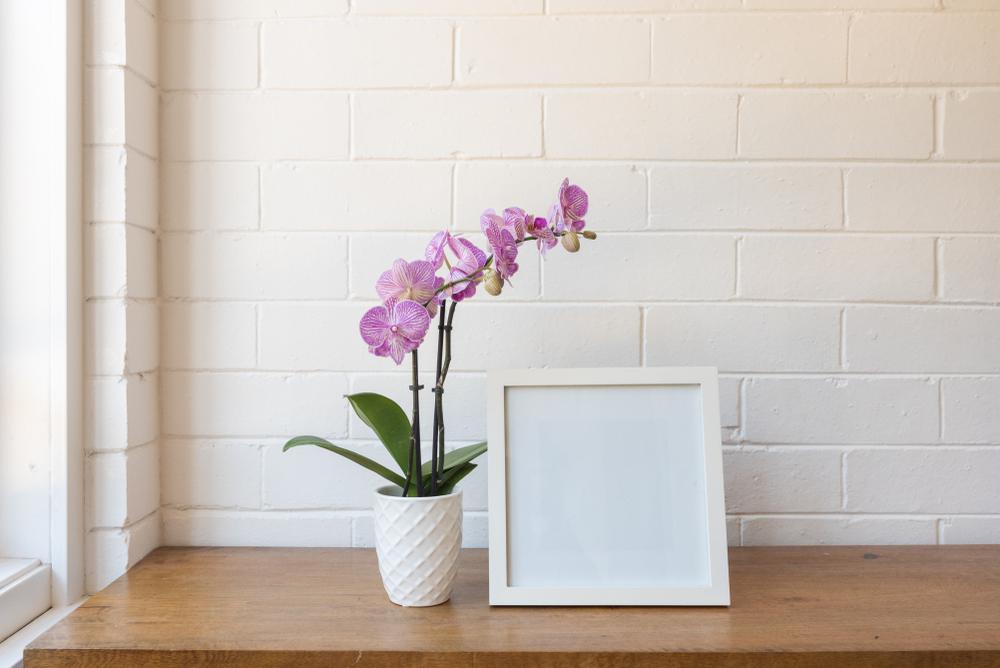
Also known as Phalaenopsis, these easy indoor plants are a genus of almost 70 species. Moth orchids are highly rewarding to grow. They have thick leaves with arching sprays of bloom that last for months. The herbaceous flowering perennials come in white, pink, lavender, and yellow. Despite looking fragile, moth orchids produce long-lasting flowers.
Whether you’re planting for your house or giving as a gift, moth orchids are always a good idea. Pick a well-drained container and place it under bright indirect sunlight. Plant the moth orchid in soil that contains perlite, sphagnum moss, charcoal, or coconut husk. Water the plant lightly every week and fertilize during growing seasons.
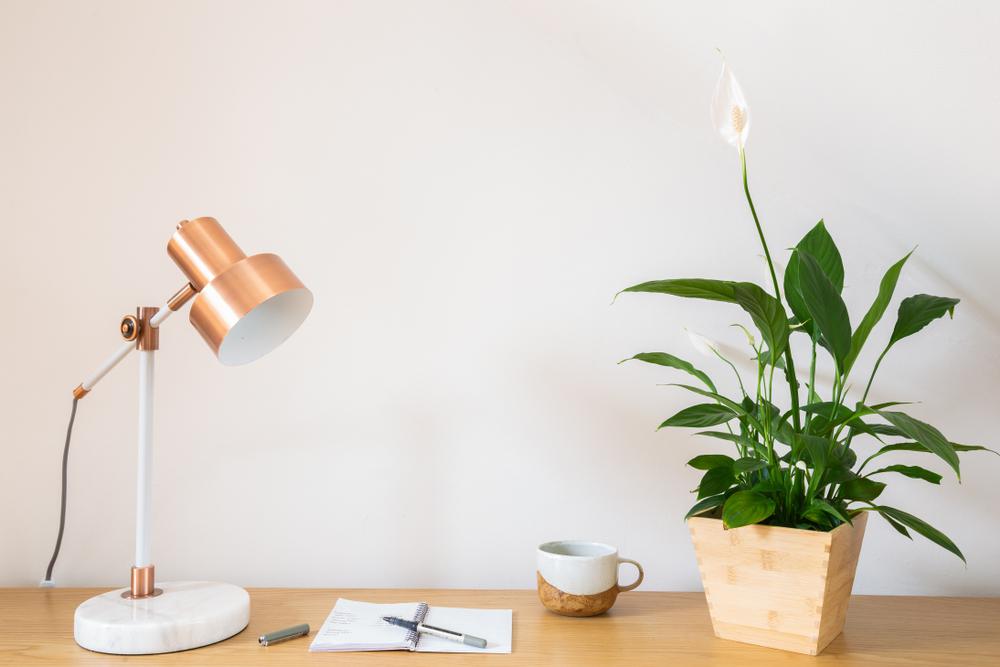
Dark green leaves and snow-white flowers comprise the herbaceous perennial peace lily. As one of the best indoor plants to grow, peace lilies don’t require much sunlight or water to survive. The fragrant scent of this flower fills every room with serenity—its air-purifying properties make it the perfect house plant to add to your space.
To plant peace lilies, select a container with multiple drainage holes and fill it with all-purpose potting soil. Place your plant in the pot and fill it with a little more potting mix. Water your peace lilies enough to see the moisture drain out of the bottom of your container. Since these perennials are low-maintenance house plants, peace lilies quickly bounce back if you ever forget to water them.
Peace lilies don’t mind when their pots are full. But, if you see the plant wilt more frequently, it’s time to repot. This air purifying house plant has a lifespan of three to five years—show your lilies some love and don’t forget to wipe excess dust off the leaves once a year.
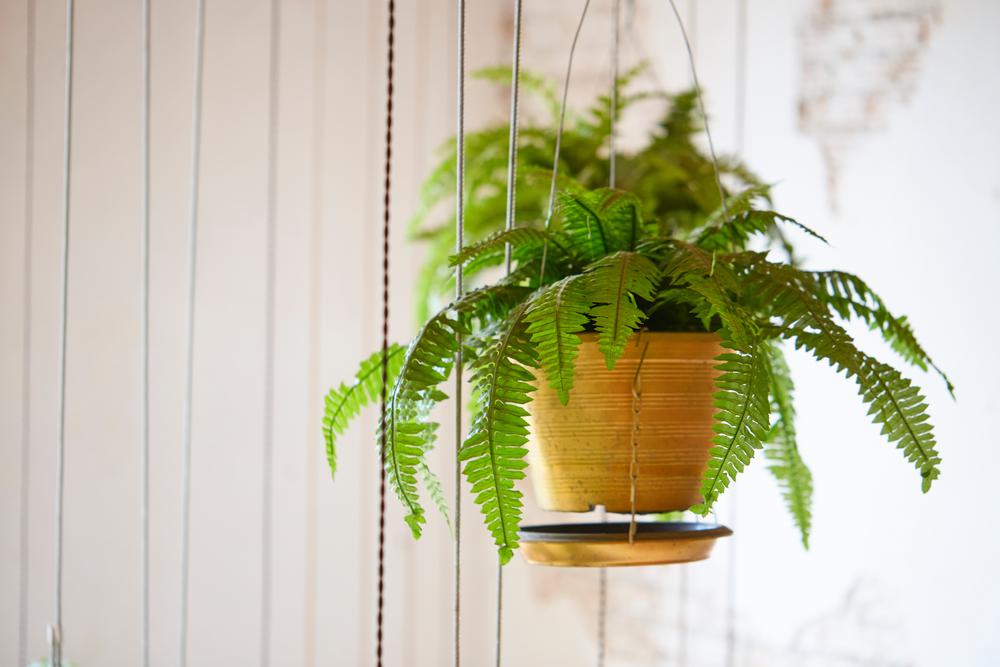
Commonly kept as a house plant, the Boston fern is native to tropical regions throughout the world. The air purifying plant has sword-shaped, blue-green fronds with dozens of arching leaflets—its lacy green foliage is evergreen. The Boston fern’s fronds can grow up to three feet in length, resulting in a feather-like appearance. While these are good indoor plants to grow, there are a few things to keep in mind when planting a Boston fern.
The evergreen plant loves high humidity, indirect sunlight, and cool temperatures. The soil of preference is light, loamy, and airy. When planting ferns, add peat moss and perlite to the soil to improve airflow to the roots. This will also ensure proper drainage after you water the plant.
With proper care and preventive measures, these easy indoor plants live for many years—they especially stand out in hanging pots.


Never been before? We’ll be your trustee Little Tokyo guide with a day’s worth of fun things to do in Little Tokyo.
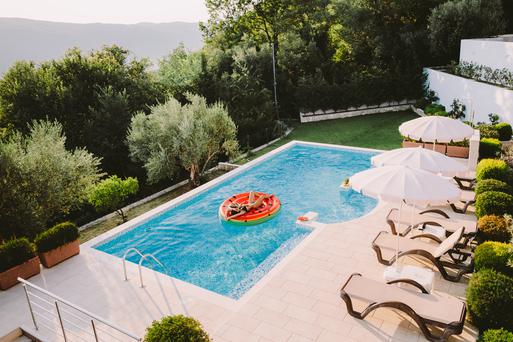
People go on Memorial Day weekend getaways as an indirect celebration of life. How do you plan on celebrating the long weekend?

From undulating mountains, to coastal expanses, to verdant forests, here are some of the top spots for backpacking in California.

Settled off the California coast, the Channel Islands offer endless adventures. Here are the best things to do and how to get there.

